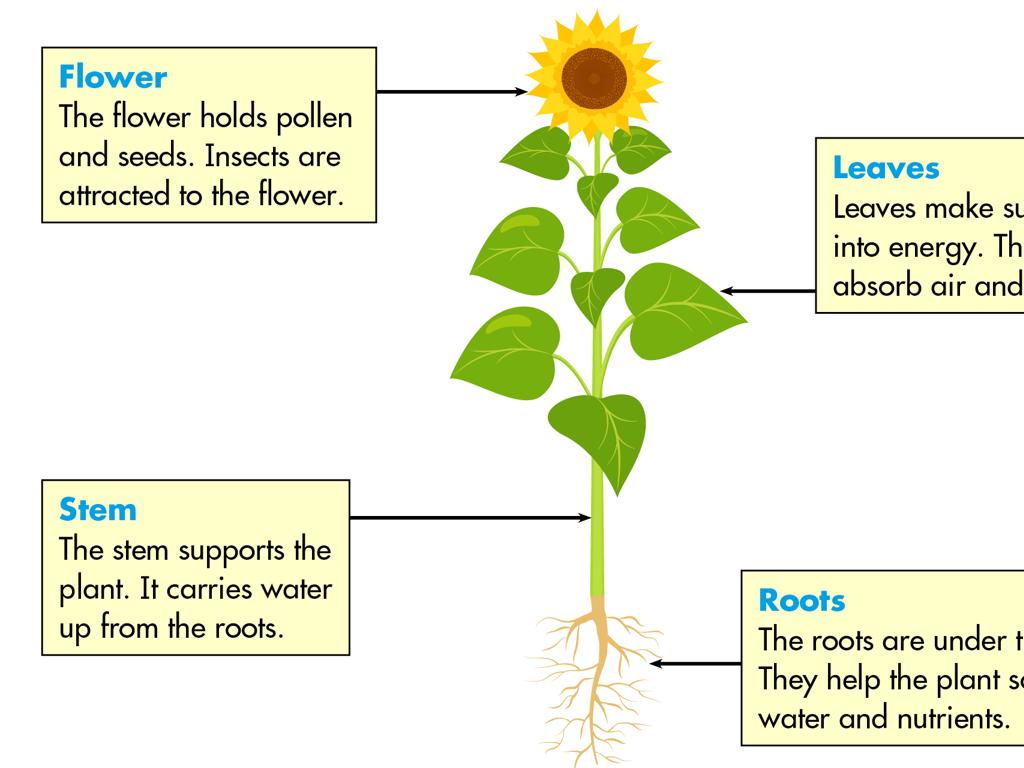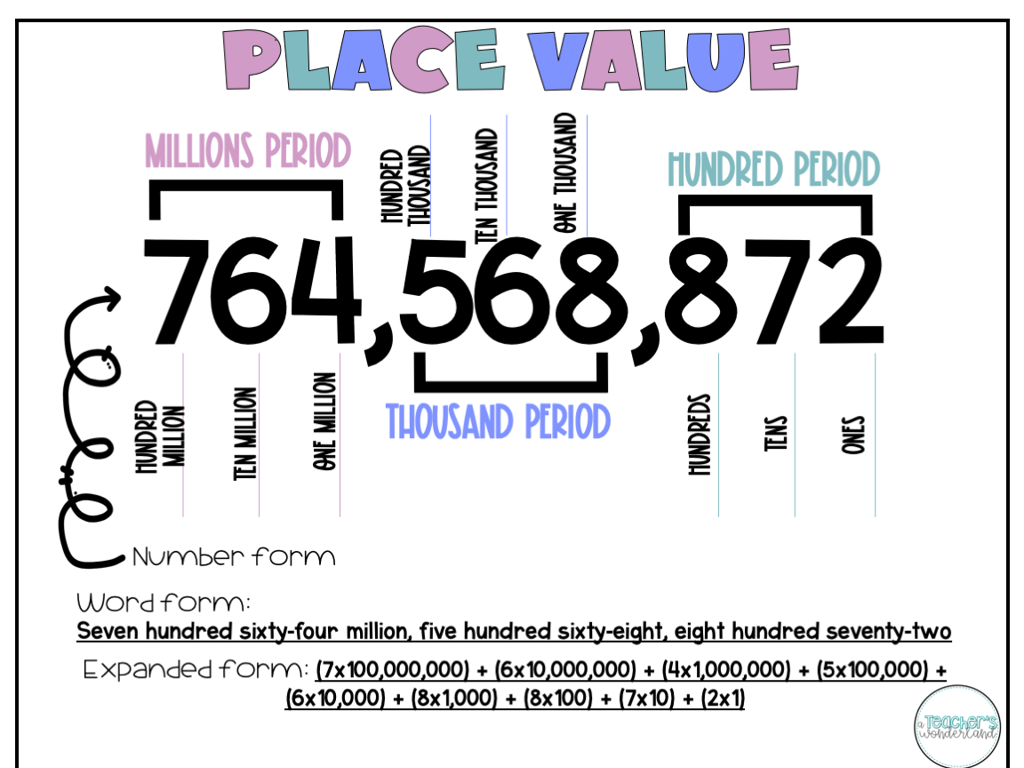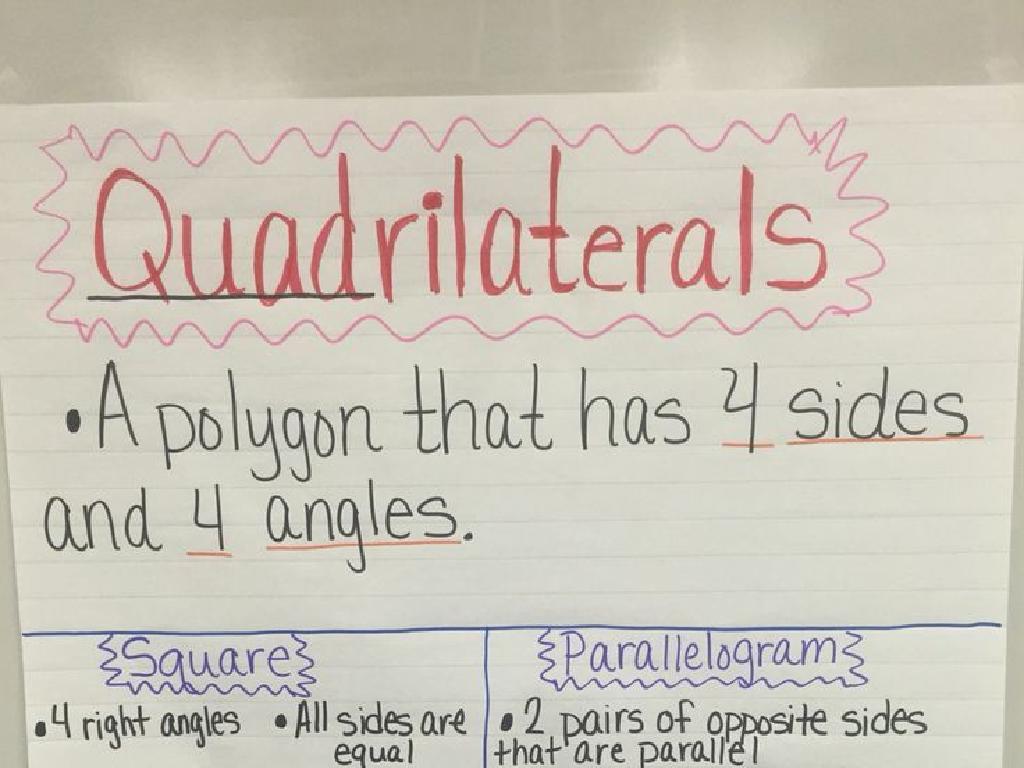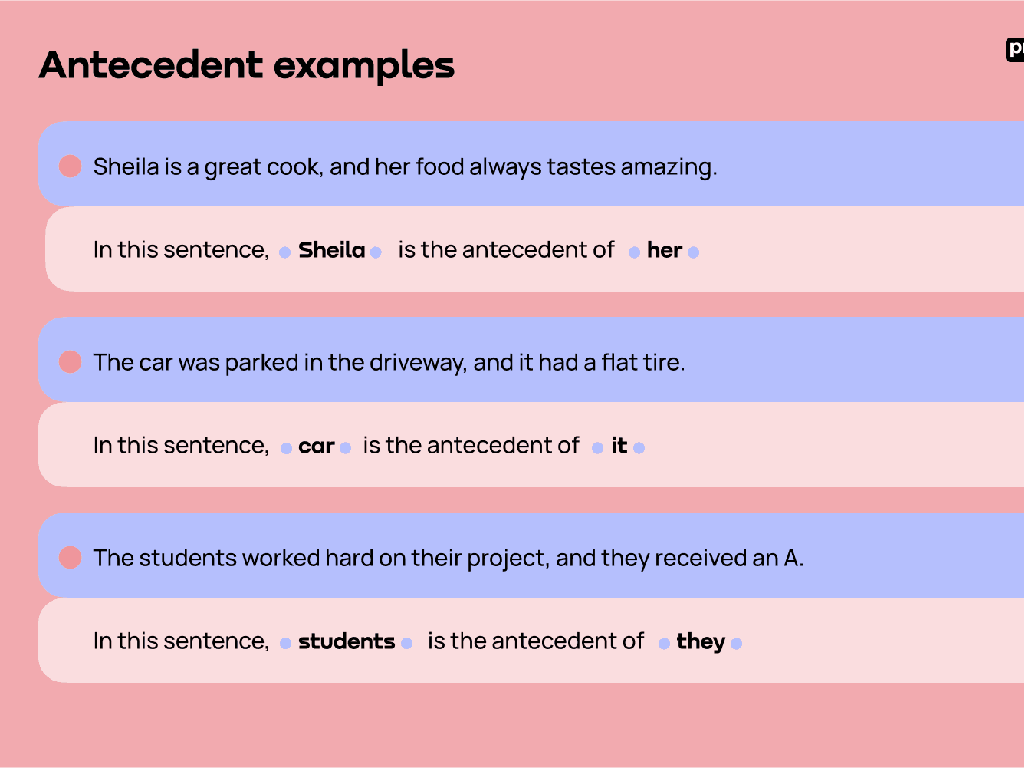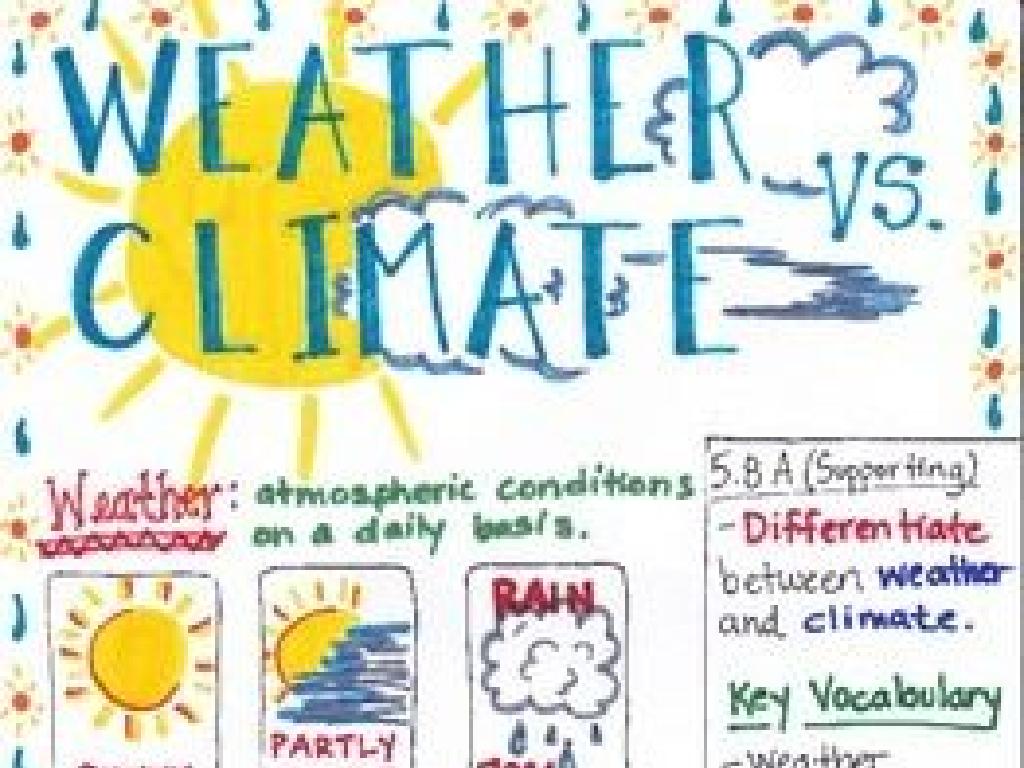Greetings And Closings Of Letters
Subject: Language arts
Grade: Third grade
Topic: Capitalization
Please LOG IN to download the presentation. Access is available to registered users only.
View More Content
Capitalization in Greetings and Closings
– Capital letters start greetings
– Like ‘Dear’ in ‘Dear Mr. Smith,’
– They show respect and formality
– It’s polite to use capitals for greetings
– Capitals close with a polite touch
– ‘Best wishes’ or ‘Yours truly’ end letters nicely
– Examples: ‘Dear’, ‘Sincerely’
– Use ‘Sincerely’ to show politeness
|
This slide introduces the concept of using capital letters in the greetings and closings of letters, which is an important aspect of proper writing etiquette. Emphasize to students that capitalization in greetings and closings shows respect to the reader and marks the beginning and end of a letter with a formal touch. Provide examples such as ‘Dear’ to start a letter and ‘Sincerely’ to end it. Encourage students to always start these words with capital letters in their own letters. Discuss how this not only follows the rules of grammar but also conveys a sense of politeness and professionalism.
Capitalization in Greetings and Closings
– What is capitalization?
– It means using a big letter (uppercase) at the start of a word.
– Capital letters in sentences
– Capitalize names and places
– Always start names of people and places with a big letter.
– Using capitals in days of the week
– Remember, Monday to Sunday always begin with a capital!
|
This slide introduces the concept of capitalization to third-grade students, emphasizing its importance in greetings and closings of letters. Capitalization is the use of uppercase letters to signify the beginning of sentences and to highlight the importance of specific words such as names, places, and days of the week. It’s crucial to provide examples for each rule. For instance, show how to capitalize the first word in a letter’s greeting, like ‘Dear,’ and the first word in the closing, like ‘Sincerely.’ Reinforce the rules by having students practice writing sentences that include proper nouns and days of the week, ensuring they capitalize where necessary.
Capitalizing Greetings in Letters
– Greetings say ‘hello’ in letters
– Examples: ‘Dear Grandma,’ ‘Hello, Classmates!’
– Start letters with a friendly greeting to the reader
– Capitalize the first word and names
– Always use a capital letter for ‘Dear’, ‘Hello’, and the person’s name
– Practice writing correct greetings
– Write your own greetings for practice, like ‘Dear Mom,’
|
This slide introduces the concept of greetings in letters, emphasizing the importance of capitalization. Students should understand that greetings are a polite way to start a letter and that they should always capitalize the first word of the greeting as well as the name of the person they are writing to. Provide examples on the board and have students come up with their own examples, ensuring they practice capitalizing appropriately. This will help reinforce the rule and the habit of using capital letters in greetings, which is a fundamental aspect of proper letter writing etiquette.
Letter Closings: Saying Goodbye in Style
– Understanding letter closings
– It’s like saying ‘goodbye’ in a letter
– Examples of common closings
– ‘Sincerely,’ ‘Best wishes,’ ‘Your friend,’
– Capitalize the first word
– Just like ‘Dear’ in the greeting, ‘Sincerely’ starts with a big letter
– Practice writing your own
|
This slide introduces students to the concept of closings in letters, which is the way we say ‘goodbye’ to the reader. Emphasize the importance of using a capital letter for the first word in the closing, just as they do for the greeting. Provide examples of common closings and encourage students to notice the capitalization. For an activity, have students practice writing their own closings, ensuring they capitalize the first word. They can pretend they’re writing to a friend, a family member, or even a favorite book character to make the activity engaging and fun.
Let’s Practice Writing Letters!
– Write your own letter greeting
– Use correct capitalization
– Begin greetings with a capital, like ‘Dear’ or ‘Hello’
– Choose words for your recipient
– Is it a friend, family, or teacher? Pick polite and suitable words
– Craft a thoughtful letter closing
– End with ‘Sincerely’ or ‘Best wishes’, always capitalized
|
This activity is designed to help students practice the skill of writing greetings and closings in letters with proper capitalization. Remind them that all greetings and closings should start with a capital letter. Encourage them to think about the relationship they have with the person they are writing to, as this will influence the language they choose. For example, a letter to a friend might start with ‘Hi’ and end with ‘Your friend,’ while a letter to a principal might start with ‘Dear Principal’ and end with ‘Respectfully.’ Provide examples for each scenario and assist students who may need help brainstorming appropriate words. Have students share their greetings and closings with the class to learn from each other.
Class Activity: Letter Writing Practice
– Write a letter to someone you know
– Begin with a greeting
– Start with ‘Dear’ followed by a name, like ‘Dear Grandma,’
– Write a short friendly message
– Share news or ask about their day
– End with a closing and your name
– Use ‘Sincerely,’ ‘Love,’ or ‘Best wishes,’ followed by your name
|
This activity is designed to help students practice using capital letters in greetings and closings of letters. Provide examples on the board, such as ‘Dear Mom,’ and ‘Love, Alex.’ Walk around the classroom to assist students and ensure they are capitalizing the first letter of the greeting and closing. Encourage creativity in their messages but remind them to keep it short. After writing, students can share their letters with the class or exchange with a classmate. This will help them understand the structure of a letter and the importance of capitalization in greetings and closings.

